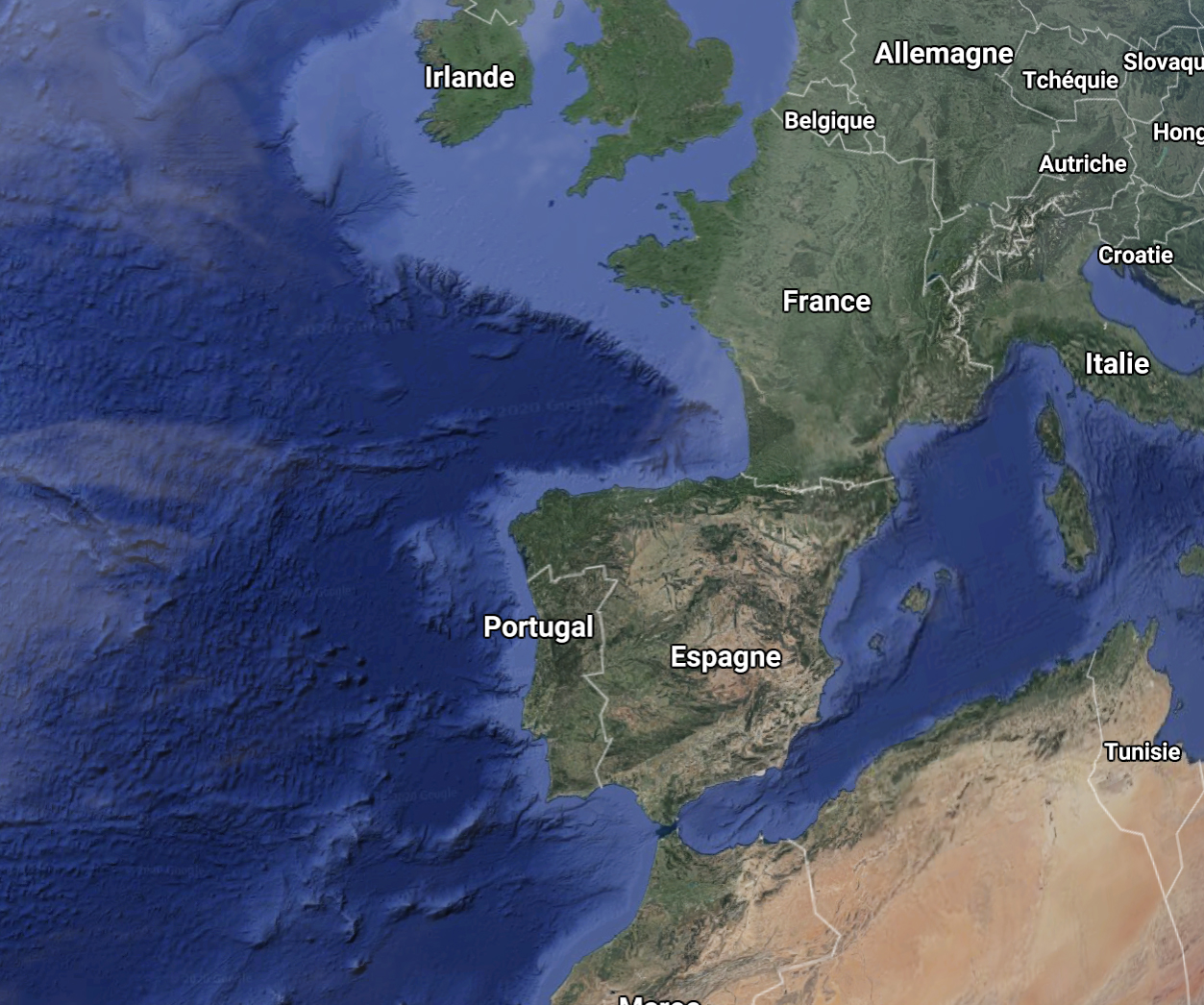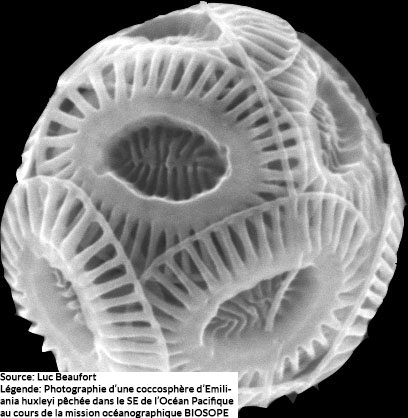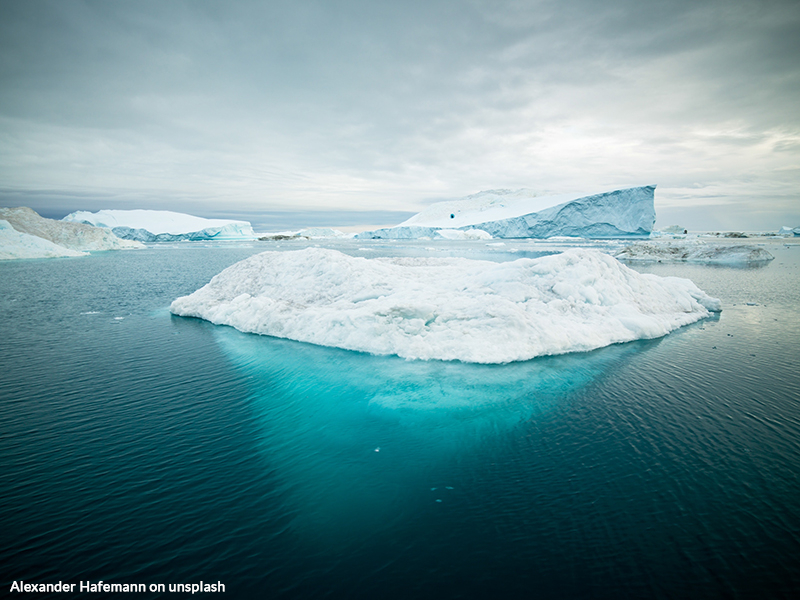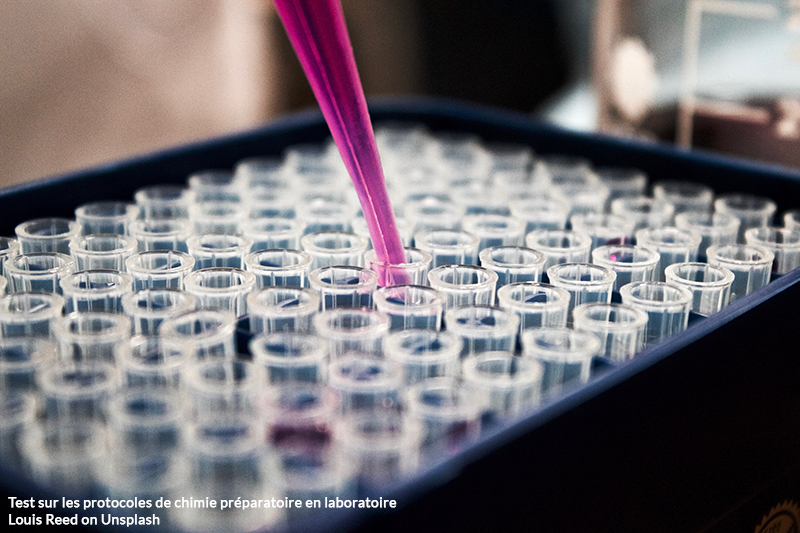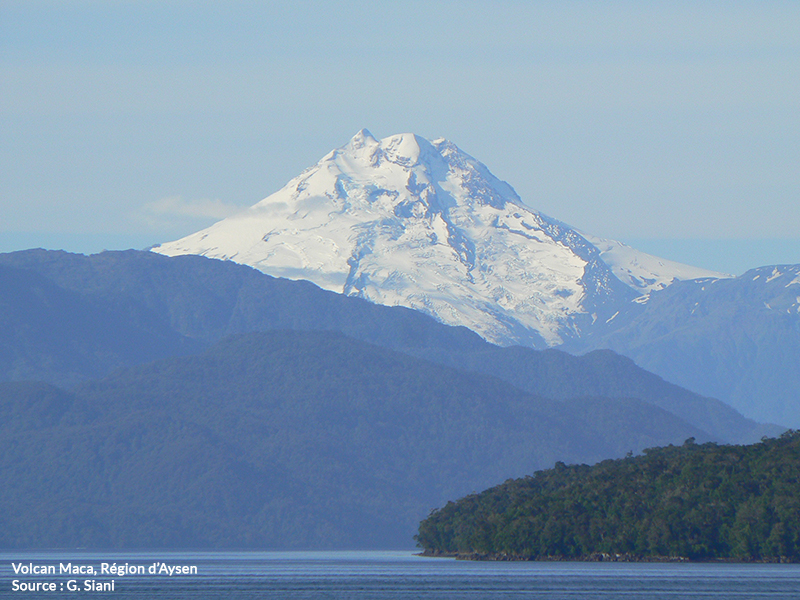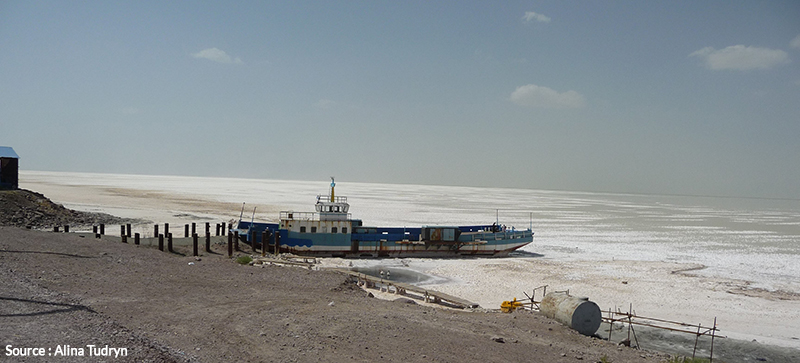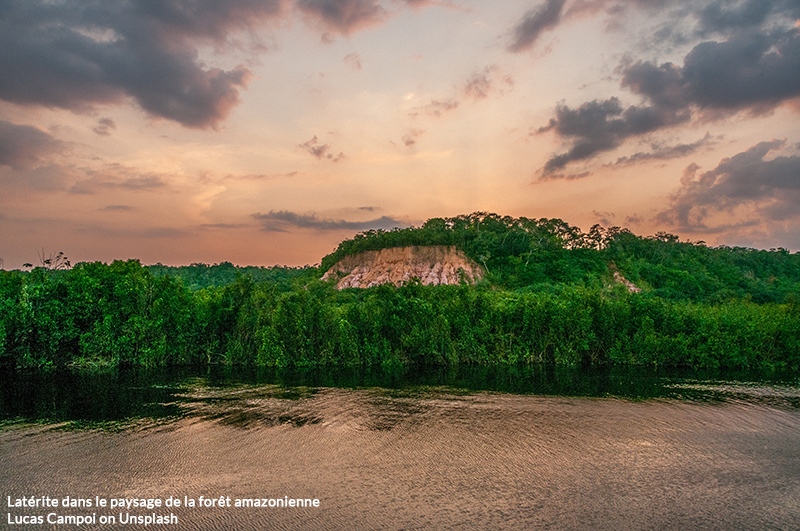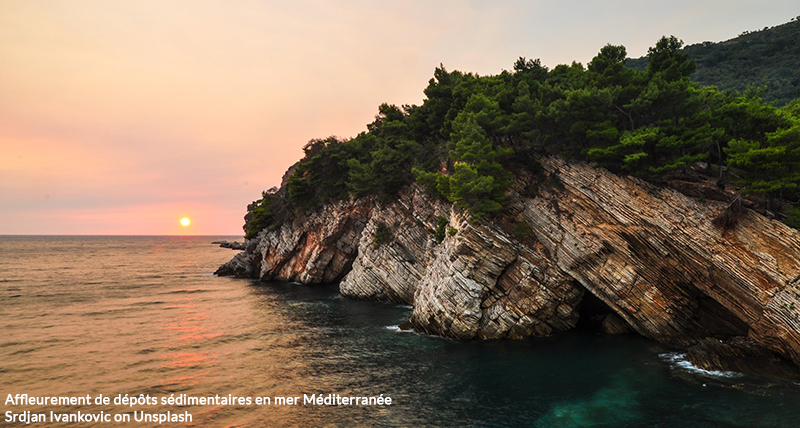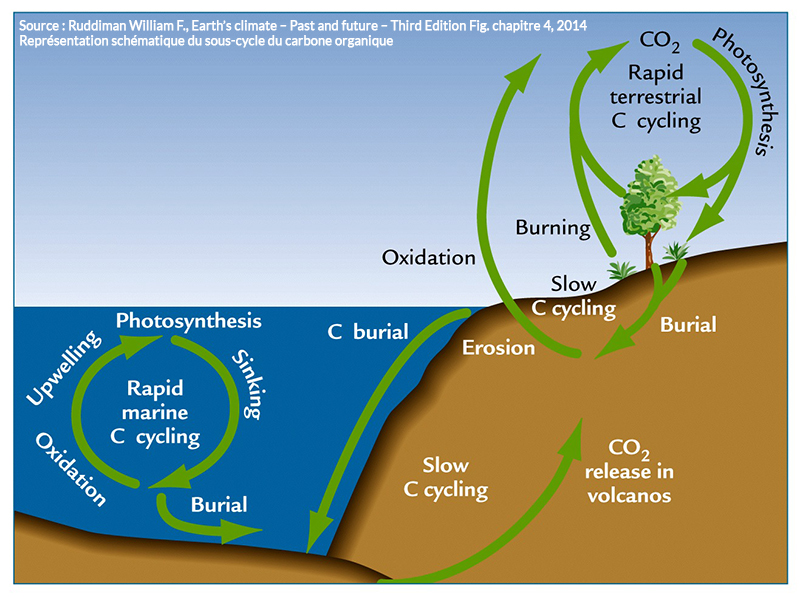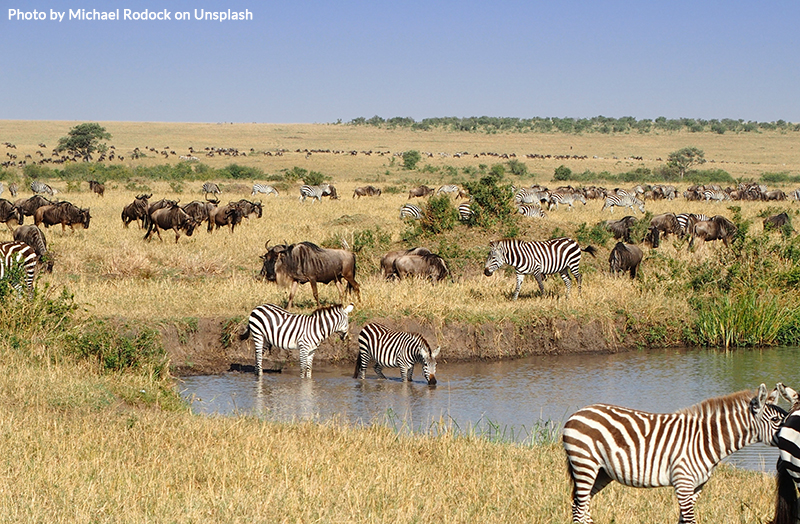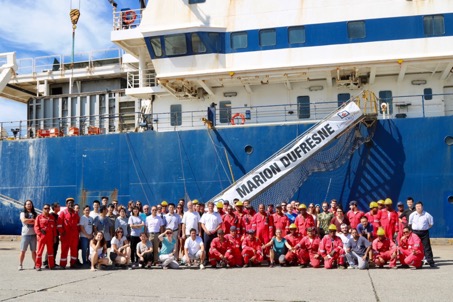
Author By adminPosted on
The MD215 HYDROSED oceanographic campaign, conducted on board the Marion Dufresne, has allowed us to collect long marine sediment cores at sea water samples in the northern part of the South China Sea...
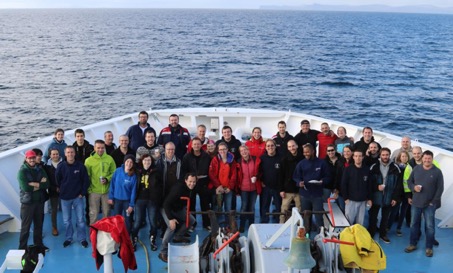
Author By adminPosted on
The project thus aims to conduct a multidisciplinary study based on these two sites (sedimentology, biology and geochemistry of corals) in order to reconstruct the growth history of these reefs as well as environmental changes...
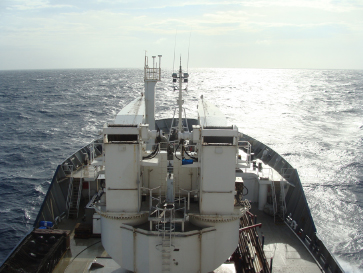
Author By adminPosted on
The Indo-Asiatic monsoon is a major climatic phenomenon due to its economic and social impacts on one of the most densely populated regions of the world, and because of the scale of the heat and humidity transfers involved; in short, it is an essential element of the planet’s climate...
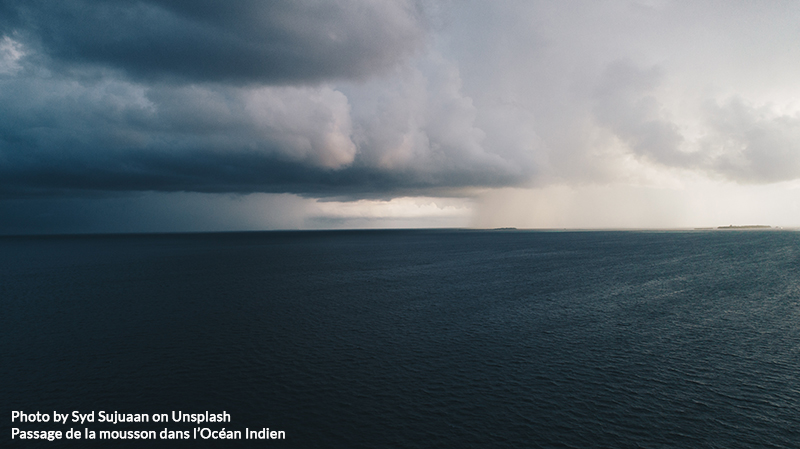
Author By adminPosted on
The objectives of this research project fall within a study on the role of ocean circulation in the modalities of heat and salt transfer between low and high latitudes during the glacial-interglacial terminations...
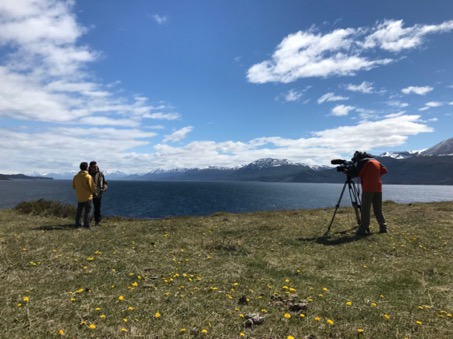
Author By adminPosted on
The Southern Ocean (SO) and its circulation play a fundamental role in the global climate system. In fact, a key element of thermohaline circulation is the return route of water masses from the deep ocean to the surface via the dynamic of upwelling...

